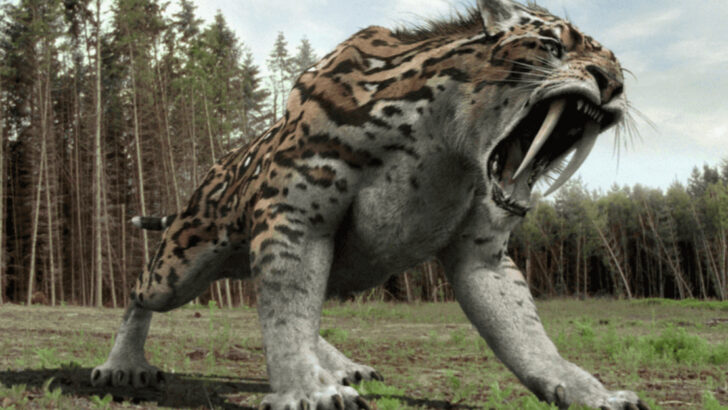The saber-toothed tiger, or Smilodon, was a true force of nature. With its iconic, dagger-like teeth and unrivaled power, this predator ruled the prehistoric world like no other. Forget the myths—this cat wasn’t just about flashy teeth; it was a master of survival.
From its expert hunting skills to its mysterious social life, the saber-toothed tiger was more than a fearsome face. It conquered diverse environments and prey, adapting like a predator on a mission.
Get ready to uncover 15 thrilling ways the saber-toothed tiger reigned supreme. From its ferocious hunting tactics to its fierce place in the ecosystem, this predator’s dominance is nothing short of legendary.
Powerful Bite
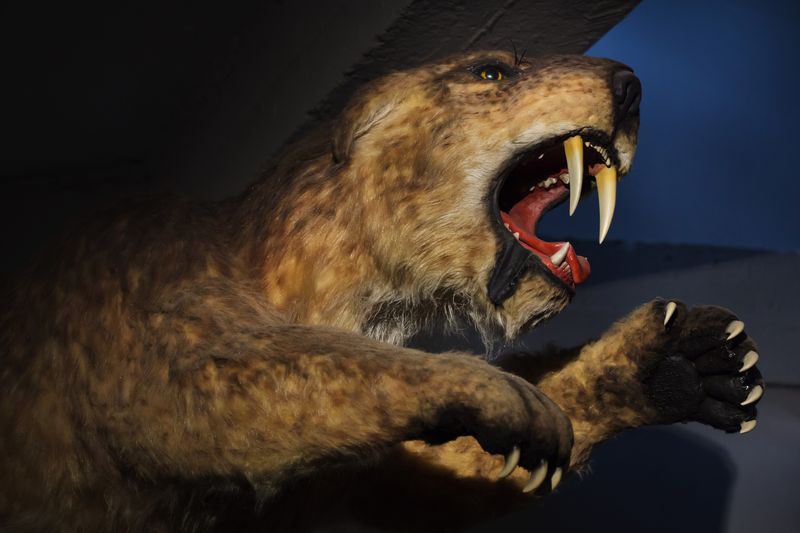
The saber-toothed tiger boasted an exceptionally powerful bite, thanks to its elongated canine teeth that could reach up to seven inches in length. This formidable weapon allowed it to pierce through the tough hides of its prey with ease.
Unlike modern big cats, the saber-toothed tiger’s jaw had a greater gape, enabling it to deliver a lethal bite. Its bite force, combined with precision, made it a master hunter, capable of taking down large herbivores.
These adaptations ensured its dominance, as it could efficiently hunt and kill prey that other predators couldn’t tackle.
Robust Build
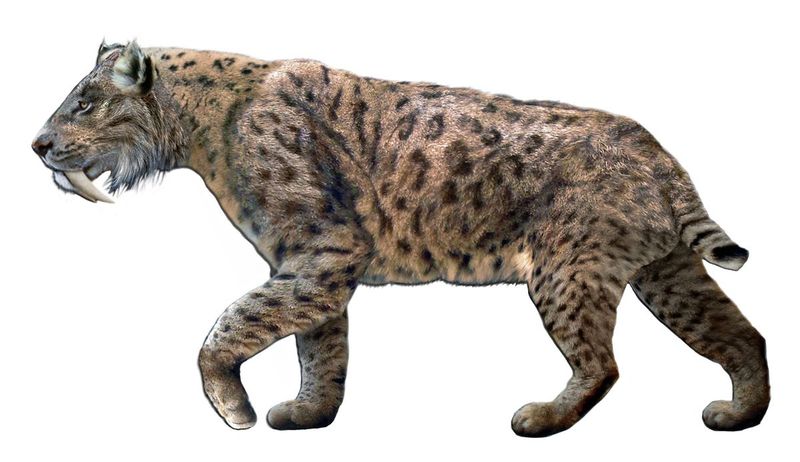
The saber-toothed tiger possessed a robust and muscular build, providing it with immense strength and power. Its forelimbs were particularly well-developed, allowing it to grapple effectively with struggling prey.
This physical prowess meant it could tackle sizable animals, using its strength to overpower them. In dense forests and open plains alike, its muscular frame was an advantage in both pursuit and confrontation.
The combination of strength and agility made the saber-toothed tiger a versatile predator, capable of adapting to various hunting scenarios in its prehistoric world.
Stealthy Stalker
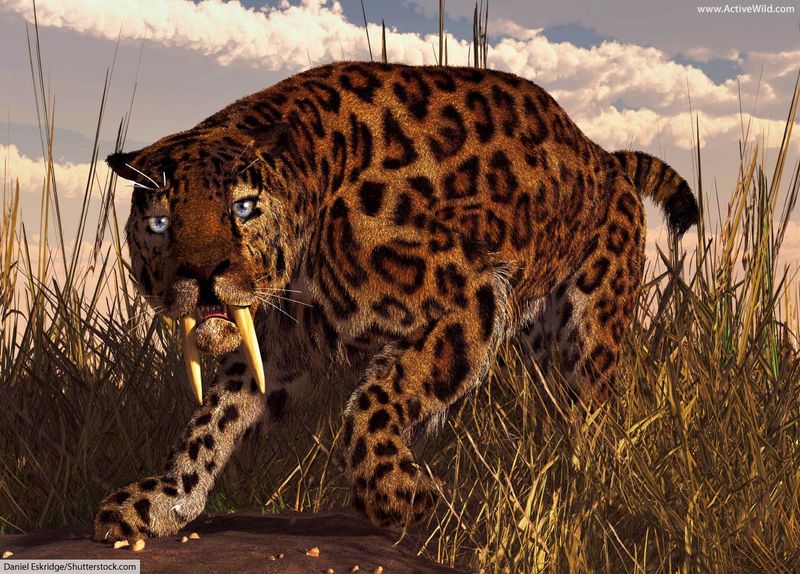
With its stealthy approach, the saber-toothed tiger excelled as a silent stalker. Its tawny coat, often marked with spots or stripes, provided excellent camouflage in the dappled light of forests or open grasslands.
This natural disguise allowed it to close in on unsuspecting prey without detection. Its padded paws enabled silent movement, crucial for ambushing targets.
By blending seamlessly with its environment and approaching stealthily, the saber-toothed tiger could launch surprise attacks, securing its position as a top predator in the prehistoric ecosystem.
Social Structure
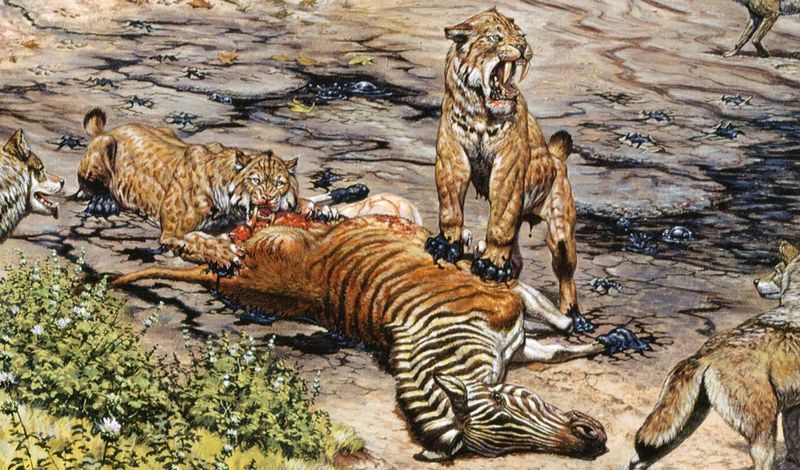
Unlike the solitary nature of many modern big cats, the saber-toothed tiger may have lived in social groups. This social structure provided numerous advantages, from cooperative hunting to shared responsibilities in protecting young.
Living in groups could have increased its hunting success, allowing it to take down larger prey. Additionally, social bonds helped in defense against rival predators.
This social adaptability made it not only a successful hunter but also a cooperative member of its ecosystem, enhancing its dominance in the prehistoric world.
Adaptable Diet
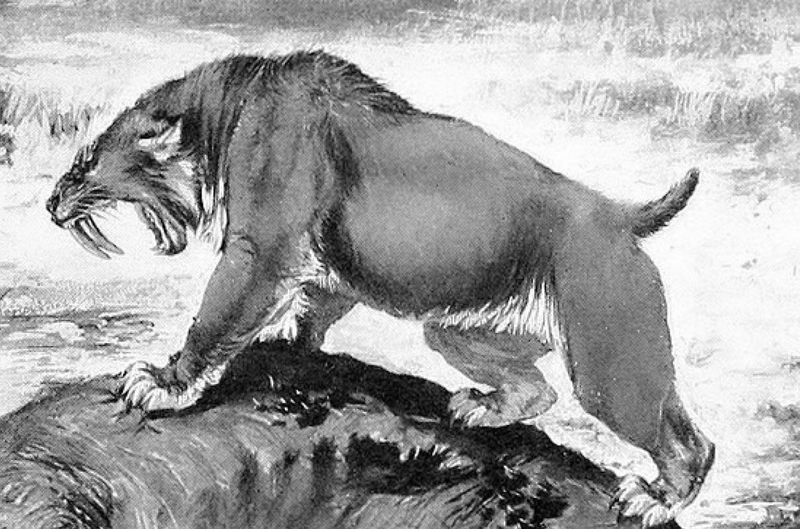
The saber-toothed tiger’s diet was highly adaptable, enabling it to thrive in diverse environments. While it primarily hunted large herbivores, it could also adapt to other food sources when necessary.
This dietary flexibility ensured its survival during periods of scarcity or environmental change. Such adaptability allowed it to exploit a variety of habitats, from lush forests to open grasslands.
By being able to adjust its diet, the saber-toothed tiger maintained its role as an apex predator, capable of withstanding the challenges of a changing prehistoric world.
Advanced Hunting Techniques
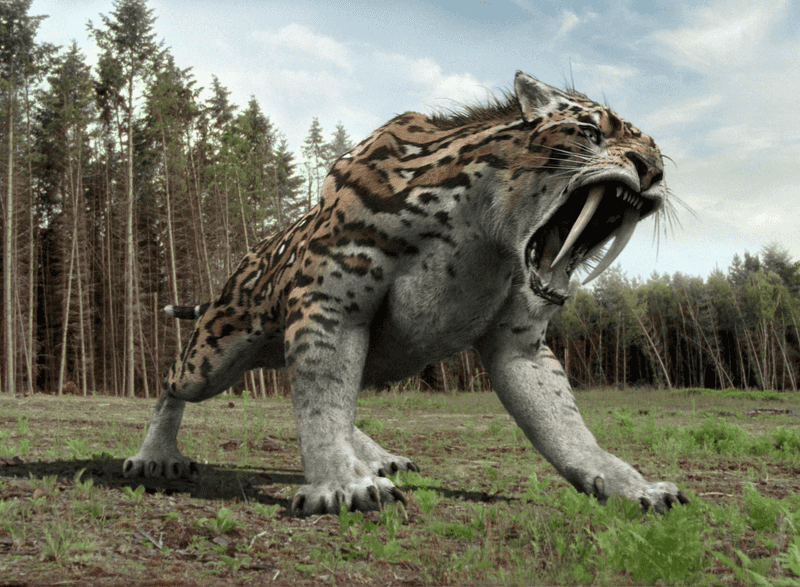
The saber-toothed tiger employed advanced hunting techniques, combining stealth, speed, and strength to capture its prey. It often used ambush tactics, lying in wait and then launching a sudden, powerful attack.
Its ability to strategize during the hunt set it apart from other predators. By coordinating with others, if in groups, it could corral prey into traps.
These sophisticated strategies not only increased its hunting success but also solidified its dominance over other carnivores, showcasing its prowess as a top predator in its environment.
Sharp Vision
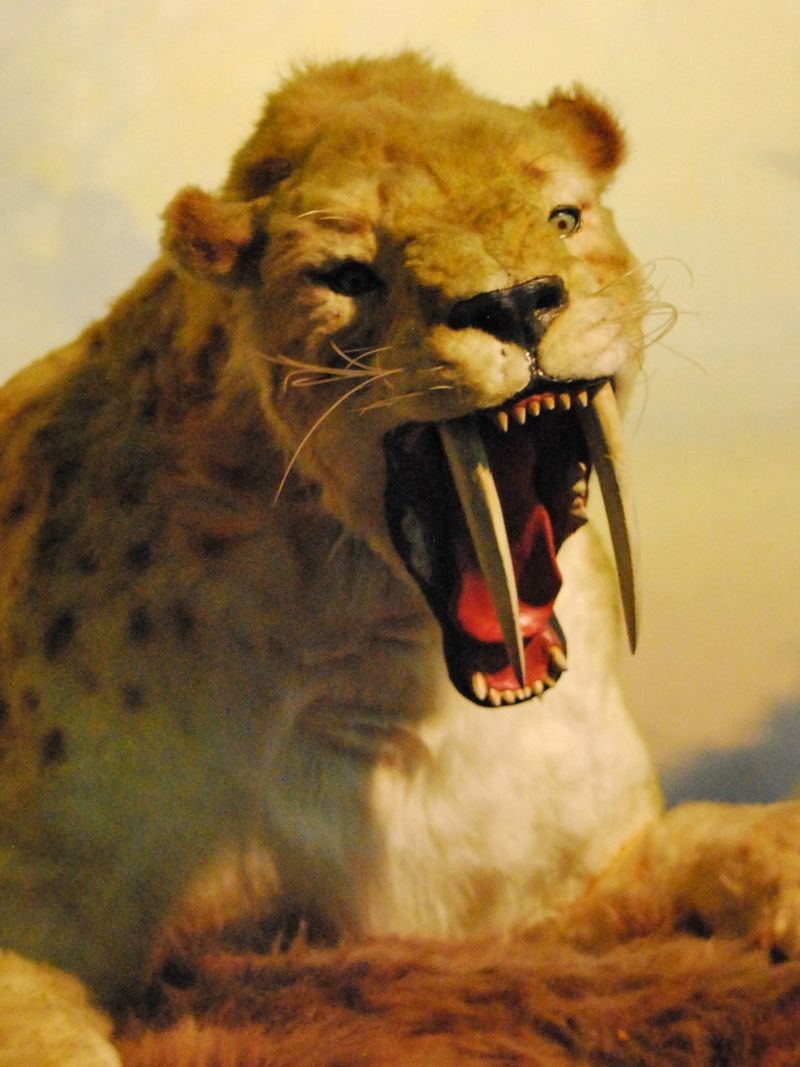
The saber-toothed tiger’s sharp vision was a key asset in spotting potential prey from a distance. It relied on keen eyesight to identify and track movement in various terrains.
This visual acuity was essential for both hunting and evading threats. In the dim light of dawn or dusk, its eyes could detect subtle movements, offering a significant advantage.
With such sharp vision, the saber-toothed tiger could effectively pinpoint vulnerable targets, enhancing its hunting efficiency and reinforcing its status as a dominant predator.
Acute Hearing
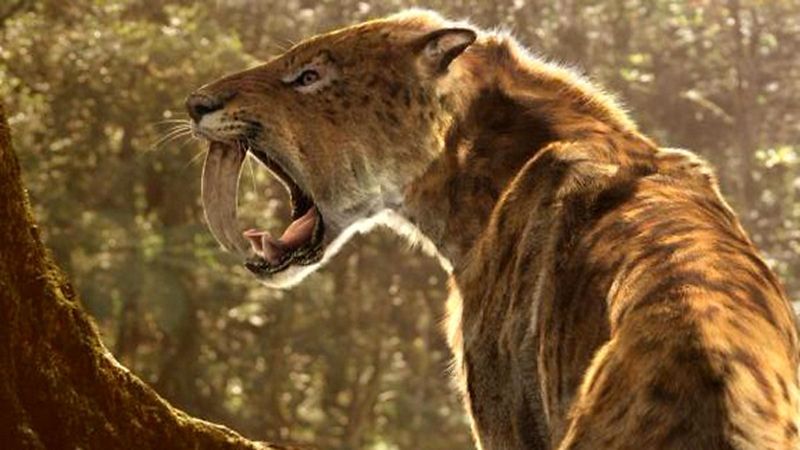
Acute hearing was another vital sense that the saber-toothed tiger utilized to dominate its world. Its ears could detect a wide range of sounds, from the rustle of leaves to the calls of distant animals.
This heightened auditory sense allowed it to locate prey and navigate its surroundings effectively. In dense forests or open plains, sound detection was crucial for both hunting and avoiding danger.
The saber-toothed tiger’s acute hearing complemented its other senses, ensuring it remained a vigilant and successful predator across various terrains.
Territorial Nature
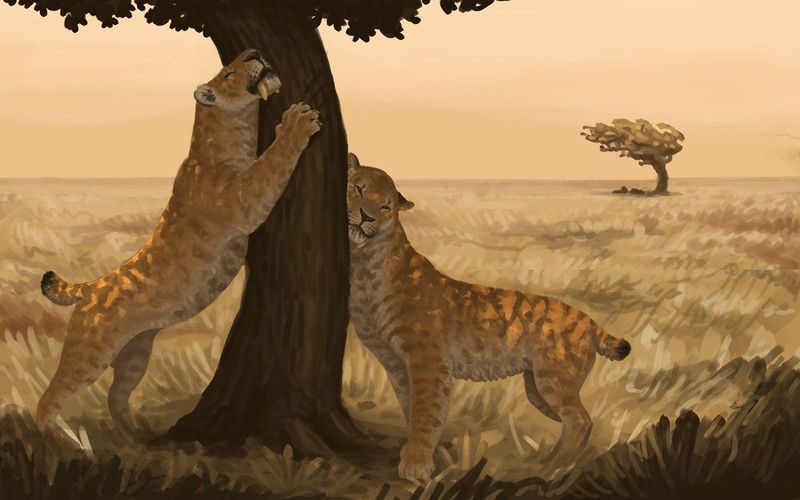
The saber-toothed tiger was fiercely territorial, a trait that helped maintain its dominance in the prehistoric world. By marking territory, it established boundaries that deterred rivals and asserted control over prime hunting grounds.
This behavior ensured access to critical resources, reducing competition and enhancing survival prospects. Territorial markings communicated presence and strength to competitors.
Through its territorial nature, the saber-toothed tiger managed resources efficiently, maintaining its hierarchical position and ensuring a steady food supply in a landscape filled with challenges.
Resilient Physiology
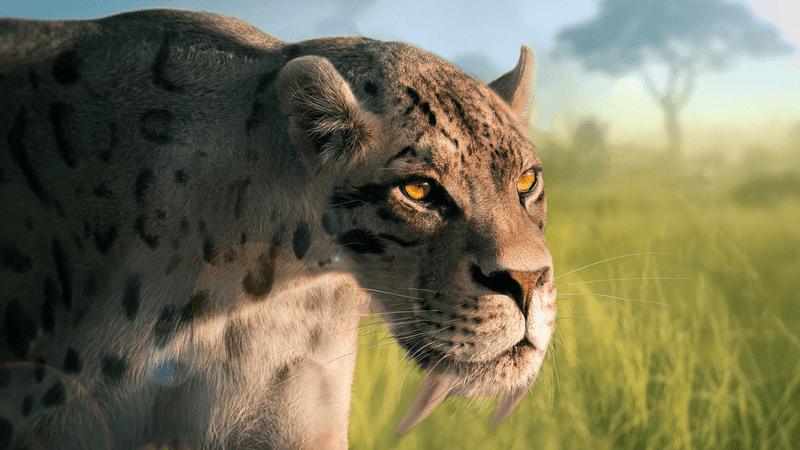
The saber-toothed tiger’s resilient physiology allowed it to thrive in various climates, from freezing cold to sweltering heat. Its thick fur provided insulation, while its robust body conserved energy efficiently.
This adaptability to different environmental conditions made it a versatile survivor, capable of enduring harsh weather. Its resilience was a crucial factor in its widespread distribution across diverse landscapes.
By enduring and adapting to fluctuating climates, the saber-toothed tiger maintained its presence as a dominant predator, capable of thriving where others might falter.
Complex Communication
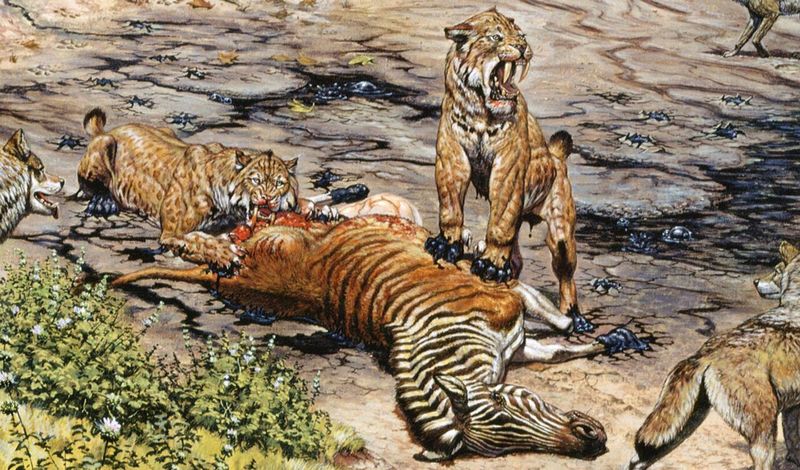
The saber-toothed tiger possessed complex communication skills, essential for social interaction and coordination. Through vocalizations, body language, and scent markings, it conveyed information to peers.
This communication was vital for maintaining social bonds and coordinating group activities, such as hunting or defending territory. It facilitated cooperation and understanding among group members.
The ability to communicate effectively enhanced its social structure and hunting capabilities, reinforcing its status as a dominant species in the prehistoric ecosystem.
Climbing Abilities
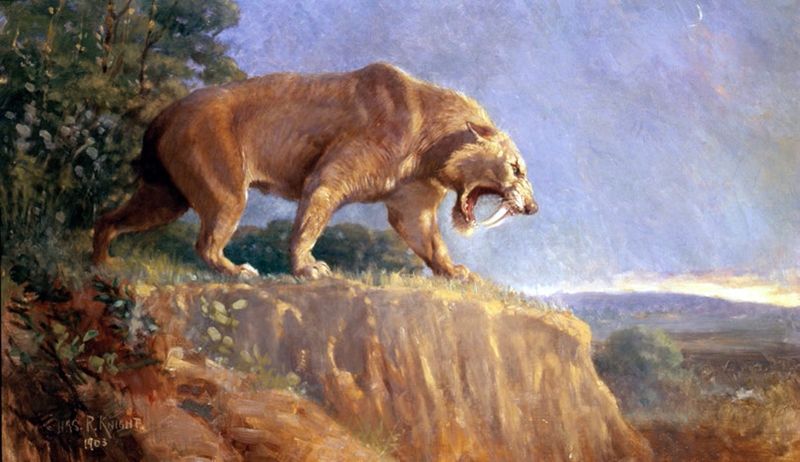
Despite its robust build, the saber-toothed tiger also possessed climbing abilities that allowed it to escape threats or gain vantage points. Its strong limbs and retractable claws facilitated climbing trees when necessary.
This skill was particularly useful in evading larger predators or reaching prey in elevated positions. Climbing added an element of versatility to its hunting and survival strategies.
Through its climbing prowess, the saber-toothed tiger could navigate its environment more effectively, ensuring its dominance in various terrains and situations.
Efficient Reproduction

The saber-toothed tiger’s efficient reproduction ensured the continuation of its lineage and dominance in the prehistoric ecosystem. Females likely chose secure locations for birthing and raising young.
By selecting protected dens, they increased offspring survival rates, safeguarding them from predators. This parental care and strategic reproduction contributed to population stability.
Through efficient reproduction and nurturing, the saber-toothed tiger maintained its presence as a thriving species, handing down the traits that made it a successful hunter and survivor in its ancient world.
Role in Ecosystem
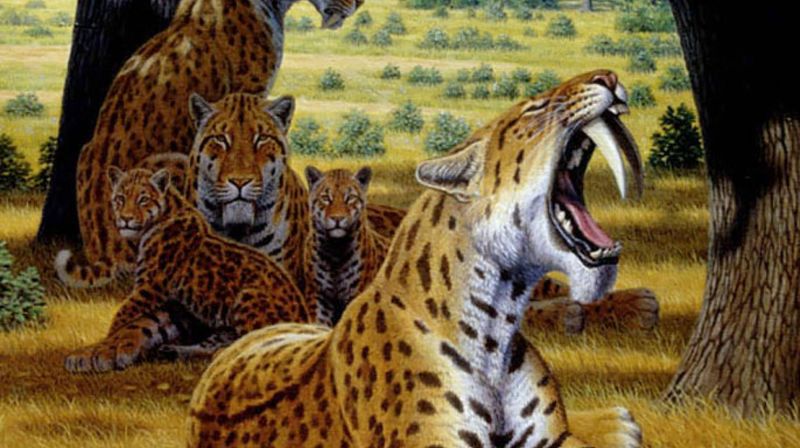
The saber-toothed tiger played a pivotal role in its ecosystem by controlling herbivore populations and maintaining ecological balance. As an apex predator, it influenced the distribution and behavior of other species.
Its hunting activities helped regulate prey populations, preventing overgrazing and promoting vegetation diversity. This balance ensured a healthy and dynamic ecosystem.
By fulfilling its ecological role, the saber-toothed tiger supported the intricate web of life, securing its place as a key component of the prehistoric world.
Legacy and Extinction

The legacy of the saber-toothed tiger, despite its extinction, continues to captivate scientists and enthusiasts alike. Fossil discoveries provide insights into its life and environment, offering glimpses into a bygone era.
Its extinction was likely due to climate change and human activities, altering its habitat and prey availability. Despite its disappearance, it remains a symbol of prehistoric power and adaptation.
Through ongoing research and education, the saber-toothed tiger’s legacy endures, reminding us of the intricate balance of nature and the forces that shape it.

